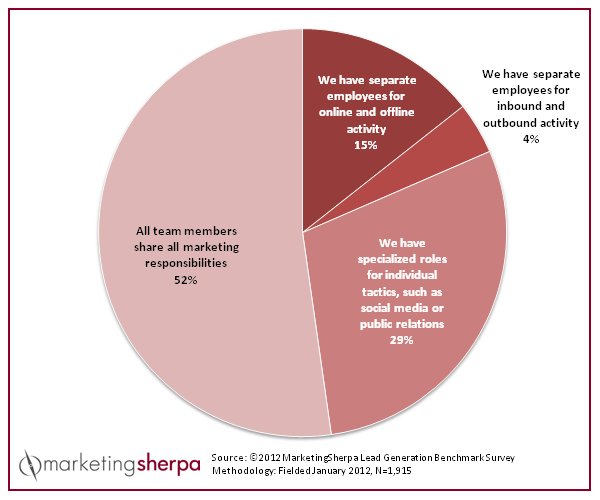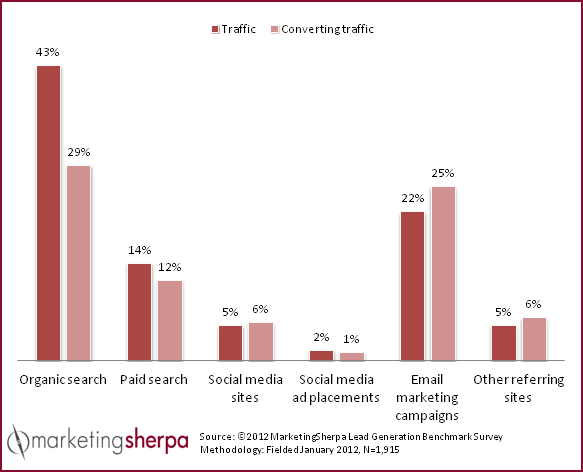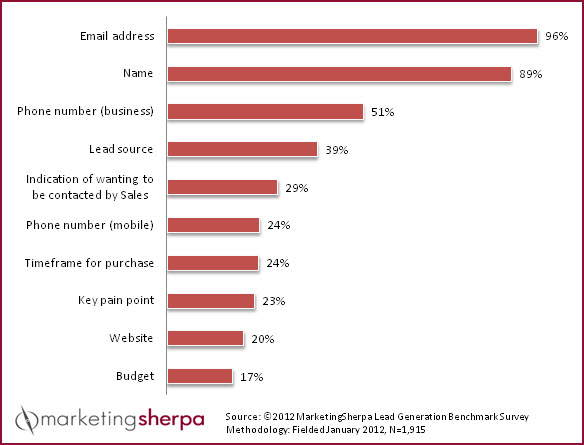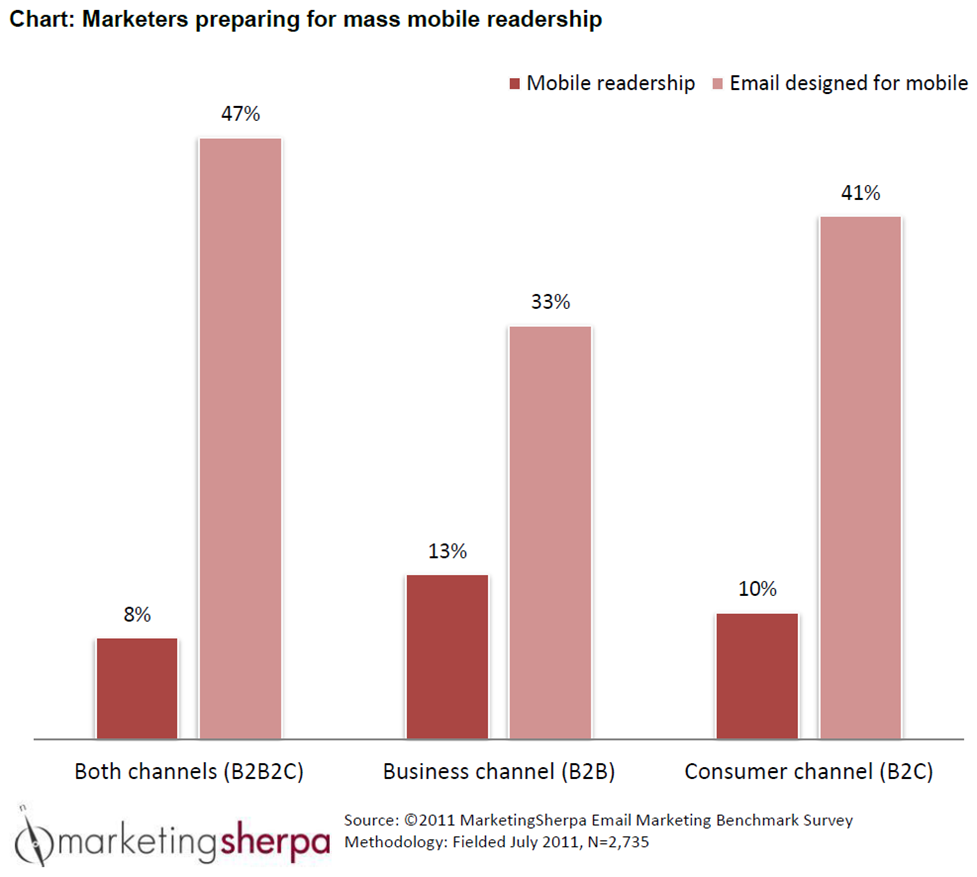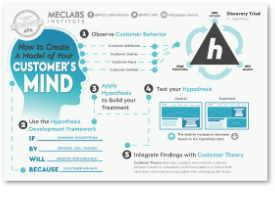Originally published on B2B LeadBlog
When you think of the word optimization, you might think of writing keyword-stuffed blog posts for search engine optimization or running split tests for landing page optimization. But, in reality, any marketing process can be optimized. Including lead generation.
On a webinar today for ReadyTalk at 1 p.m. EST — “Planning for 2013: How to best utilize top lead gen tactics in the New Year” — David Kirkpatrick, Senior Reporter, MECLABS, and I will review the basics of the lead generation funnel. We’ll provide a few back-to-the-basics tactics that you can consider as you work on planning your campaigns and budgets for 2013.
Among other things, we’ll take a basic look at conducting a lead generation analysis, to help you optimize your lead generation process, campaigns and programs. It’s really quite simple, but it requires taking the time during an already hectic Q4 close to evaluate what really works while building a deeper rapport with an equally (if not more) busy team of quota-carrying sales reps.
Step #1: Review closed deals
The best way to determine what will work is to look at what has worked. Begin with an analysis of the deals that have closed.
How did these closed deals enter the system?
Here are a few pieces of data you want to record during this review for each channel and specific campaign (and you likely want to add a few attributes that are unique to your company, as well):
- Number of deals won
- Total revenue
- Average deal size
- Buyer persona traits
Step #2: Review new leads
Now that you know what works, take a look at what you currently have. Break down your pipeline by marketing tactic used, and determine:
- Total lead volume — How many leads does each tactic generate?
- Percentage of qualified leads per marketing channel — Determined using the above numbers
- Cost per lead — How much did these leads cost?
- Buyer persona(s) targeted — Which ponds are you fishing in, and whom are you trying to catch?
Step #3: Ask Sales
Check in with Sales to gather feedback on the performance of lead generation campaigns. You want to back up your data with real human experiences. What type of leads works best for Sales in their opinion?
This human interaction might help you uncover that although a certain tactic generates leads that close, they require many more resources from Sales to close the deal, while other leads are much easier to close. (For example, leads from a lead generation vendor may take a lot more work from Sales than leads that came in from a detailed content marketing program that provided all of the necessary info, and they’re much closer to having a discussion about contracts with Sales instead of simply requesting a RFP.)
Step #4: Identify opportunities
Use this complimentary data to identify the most effective channels and campaigns.
Consider what KPIs to optimize for, which may include lead volume, qualified lead volume, percentage of qualified leads per channel, and percentage of closed leads per channel.
Now that you know what has closed and what types of new leads you’re generating, where are there overlaps? Where do you fall short? For example, if you’re investing a lot in a tactic that generates many leads but they never close, you may want to shift some of that money to a tactic that generates a lower volume of leads that are more likely to close.
Not only will this help you optimize your marketing investments and lead generation capabilities, it can help optimize your relationship with Sales. When you have specific reasons to back up why you’re investing budgets in a certain way (which they may or may not agree with), they are more likely to support your decisions.
If nothing else, the human interactions of a Sales-Marketing huddle shows that you’re actively seeking input from Sales to help serve them better, and not allocating your budget and resources in a vacuum.
Related Resources:
Ideal Customer Profiles: 5 steps to ensure your lead generation stays on target
Lead Generation: 5 steps for managing cost and quality of leads (via MarketingSherpa blog)
B2B Lead Optimization: Why cheap leads can be so expensive (via MarketingExperiments blog)



